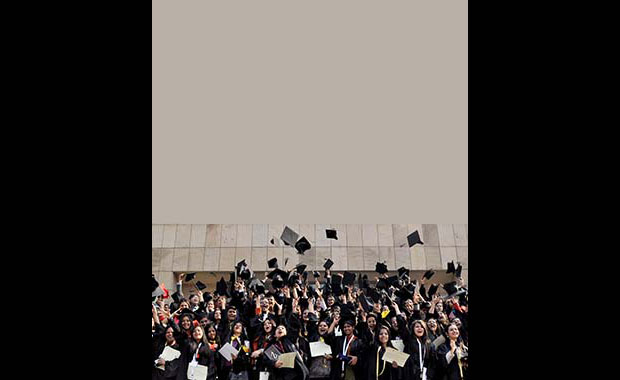Indian engineers top
In 2013, the latest year for which numbers are available, 63 per cent of US immigrant scientists and engineers were naturalised citizens, while 22 per cent were permanent residents and 15 per cent were temporary visa holders. Since 2003, the number of scientists and engineers from the Philippines increased 53 per cent and the number from China, including Hong Kong and Macau, increased 34 per cent.
The NCSES report found that immigrant scientists and engineers were more likely to earn post-baccalaureate degrees than their US-born counterparts. In 2013, 32 per cent of immigrant scientists reported that their highest degree was a master’s (compared to 29 per cent of US-born counterparts) and 9 per cent reported it was a doctorate (compared to 4 per cent of US-born counterparts).
“The most common broad fields of study for immigrant scientists and engineers in 2013 were engineering, computer and mathematical sciences, and social and related sciences,” the report revealed. Over 80 per cent of immigrant scientists and engineers were employed in 2013, the same percentage as their US-born counterparts. Among the immigrants in the science and engineering workforce, the largest share (18 per cent) worked in computer and mathematical sciences, while the second-largest share (eight per cent) worked in engineering.
Three occupations -- life scientist, computer and mathematical scientist, and social and related scientist - saw substantial immigrant employment growth from 2003 to 2013.











Comments.